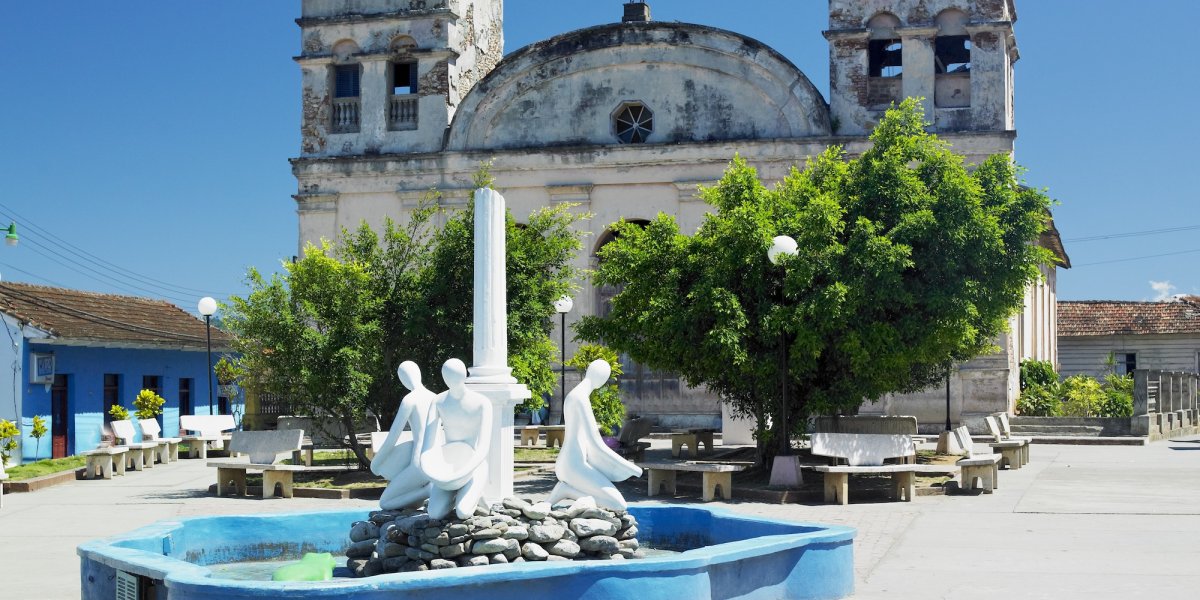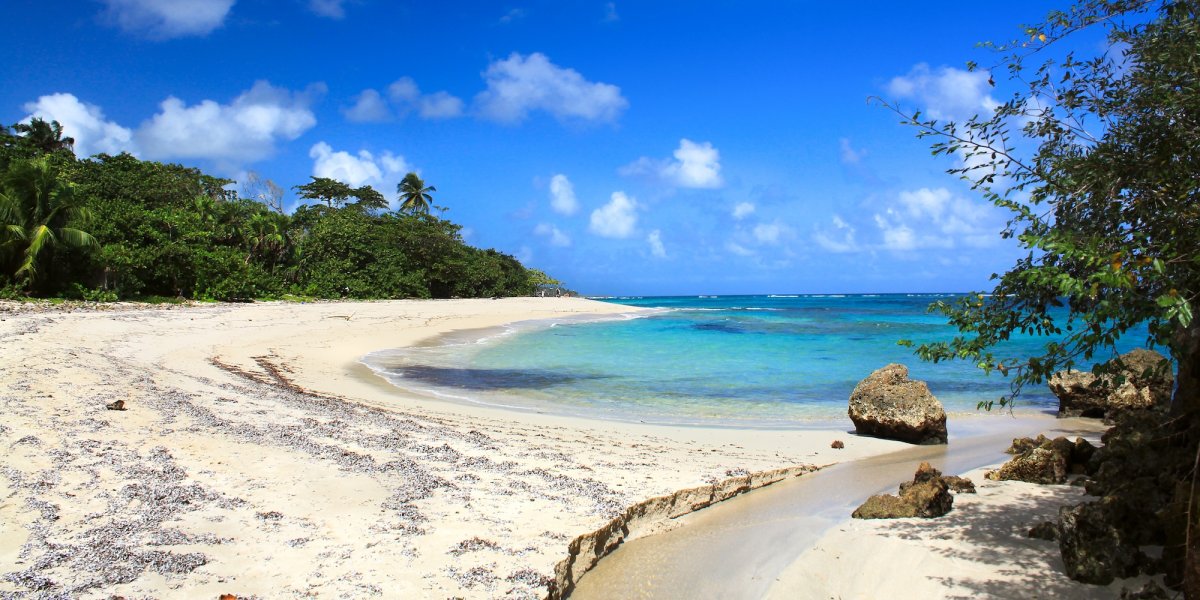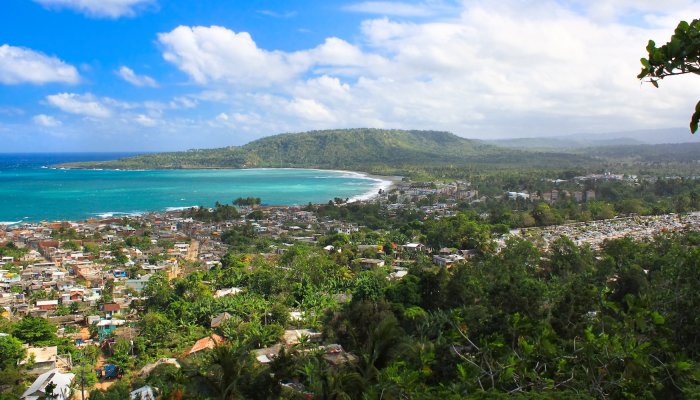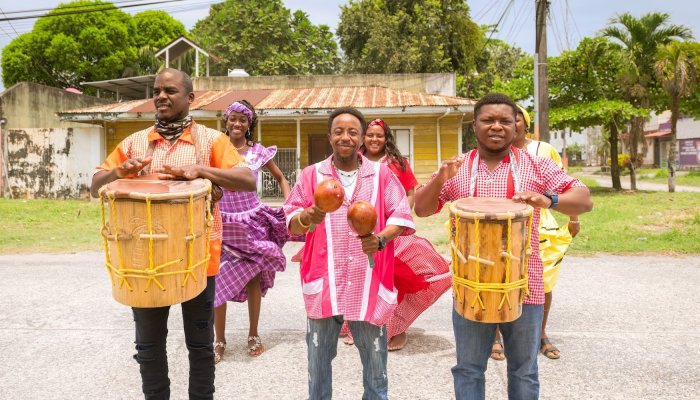Baracoa, Cuba: Where Cuba's Story Begins
If there’s one place in Cuba that feels like you’re stepping into the beginning of the island’s story, it’s Baracoa. Tucked away in the easternmost corner of the country, Baracoa is a town that has preserved Cuba’s history. Misty mountains frame the town and the ocean breeze carries with it tales of centuries past. Before the well known towns of Havana and Santiago held the stage, there was Baracoa.
Cuba’s First City
Baracoa is Cuba’s oldest Spanish settlement. It was founded in 1511 by Diego Velázquez de Cuéllar, the first governor of Cuba. He named it Nuestra Señora de la Asunción de Baracoa (Our Lady of the Assumption of Baracoa) and it became Cuba’s first capital and the site of its first cathedral. In some ways, it was the birthplace of Spanish colonial Cuba.
But even before the Spanish settled here, Baracoa was home to the island’s indigenous Taíno people. The Taíno had settled in the region long before the arrival of Columbus, living off the land and rivers. You can still observe the Taíno influence in the earthy flavors of traditional dishes, and in the names of rivers like Toa and Yumurí.
Another fun piece of history from this region is that when Christopher Columbus arrived on his first voyage in 1492, he actually landed near Baracoa. He described mountains "as beautiful as the hills of Spain in April" and noted the area's "sweet water and many kinds of trees." A wooden cross that Columbus supposedly planted in the ground, known as La Cruz de la Parra, is still preserved in the town’s cathedral today.
Isolation That Preserved Baracoa’s Culture
Baracoa's story took a different turn from other colonial cities. Despite being the first capital, its remote location made it hard to access. Thick mountains and dense jungle separated it from the rest of Cuba, and for centuries the only way to reach the town was by boat. That isolation turned out to be both a blessing and a curse.
It limited Baracoa’s political and economic influence, but it also preserved its charm. While other cities modernized and grew, Baracoa remained tucked away in its own personal time capsule.
Even today, people say that Baracoa feels like a different world compared to the rest of the island. It wasn’t until the 1960s that the Cuban government carved out the La Farola highway through the mountains, finally connecting Baracoa to the rest of the country by land.
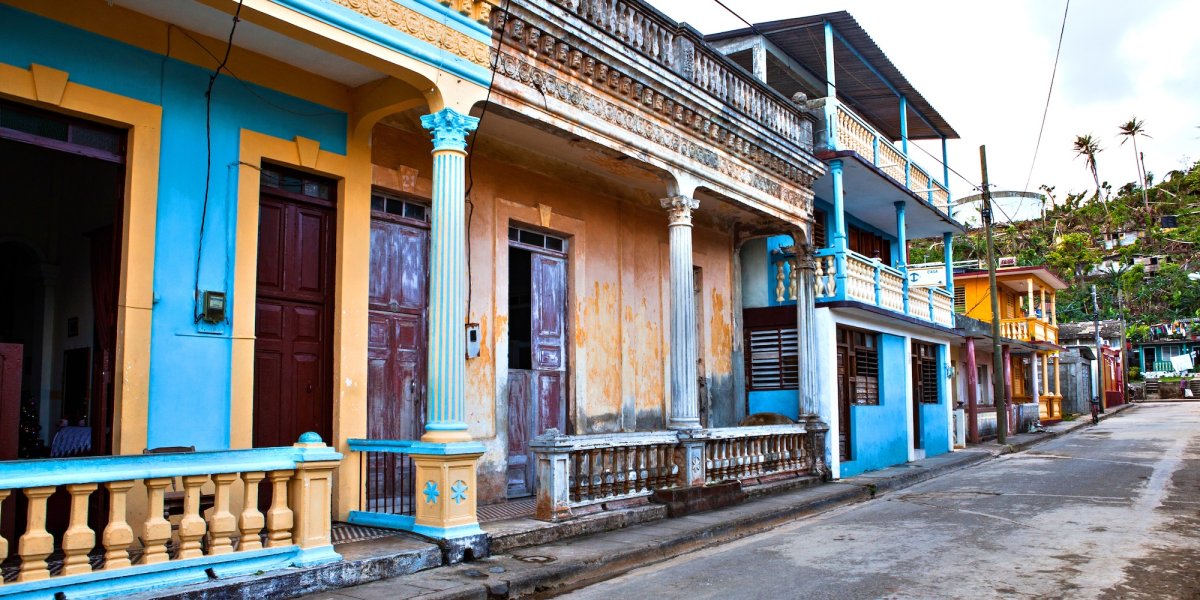
Visiting a Town That Feels Like No Other
Today, Baracoa is still off the beaten path, and that’s exactly why travelers who make the journey fall in love with it. You can wander through town and see colonial-era buildings, tiny bakeries selling fresh goods, and neighbors chatting across balconies.
One of the best places to start exploring Baracoa is at the Catedral de Nuestra Señora de la Asunción, home to the famous Columbus cross. Then you can stroll the malecón, Baracoa’s oceanfront walkway, for postcard worthy views.
But as beautiful as the town is, it’s the nature that surrounds Baracoa that will capture your imagination.
Nature Like Nowhere Else in Cuba
Baracoa sits between the ocean and the mountains, and that creates a lush, dramatic landscape packed with biodiversity. Just outside of town, you’ll find El Yunque, a flat-topped mountain that’s one of the area’s most iconic landmarks. Climbing it feels like hiking through a living museum of flora and fauna. Butterflies fly along the trail, birds call from the canopy, and the view from the top is absolutely worth the hike up.
If you’re more into swimming, you can head to the Río Toa. Here you can paddle a small boat called a cayuca upstream, gliding past overhanging palms and the occasional farm. The water is clean, calm, and perfect for a mid-day swim.
And then there’s the beaches. The beaches near Baracoa are known for their clear blue waters, white sandy beaches, and fewer crowds than some of the more touristy areas in Cuba. If you’re spending time in Baracoa, planning to spend at least one day at the beach is a must!
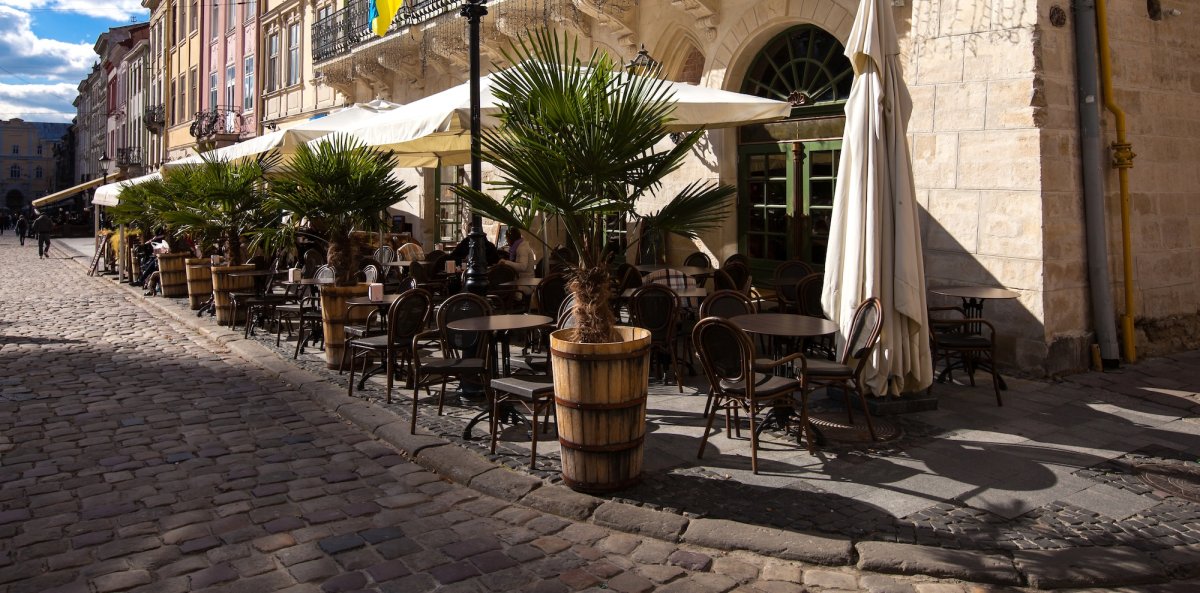
The Food of Baracoa
Baracoa’s food is unique. Thanks to its Haitian and French influences, and the abundance of coconut and cacao, the cuisine is bold and flavorful.
The dish to try here is pescado en leche de coco, fresh fish cooked in a creamy coconut sauce. It’s simple, traditional, and unforgettable. Baracoa is also the cacao capital of Cuba, and you’ll find everything from hot chocolate to handmade chocolate bars made from beans grown just outside of town. You can even visit a local finca to see how the cacao is harvested and processed.
For dessert try cucurucho, a sweet mix of coconut, honey, and tropical fruit wrapped up in a palm leaf. It’s a delicious treat that will be tough to find anywhere else on the island.
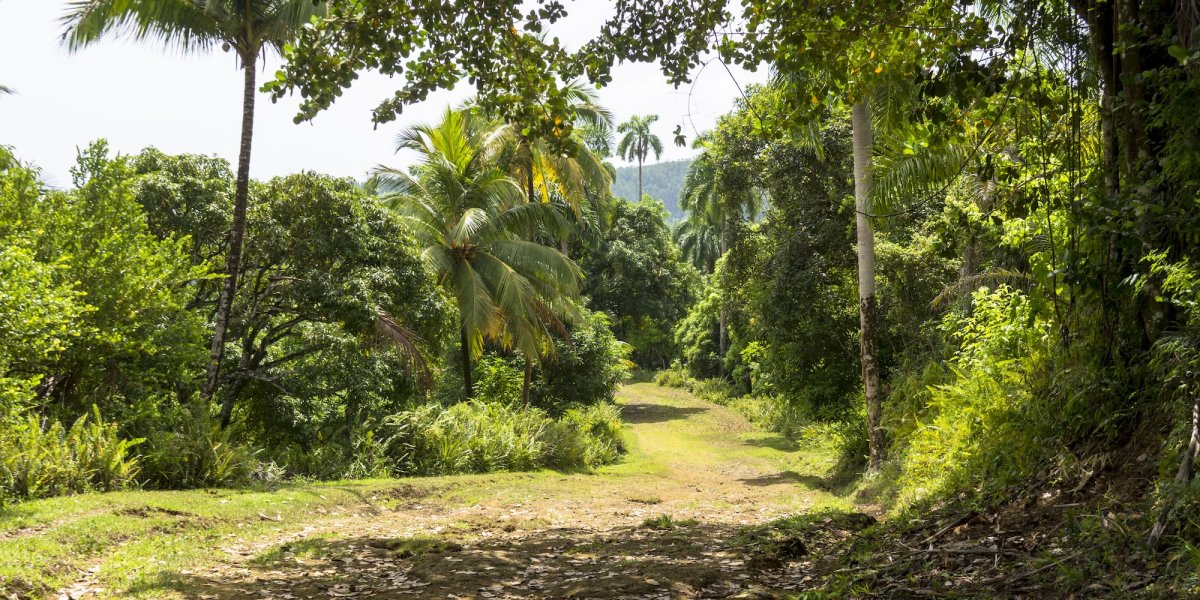
Why Baracoa Matters
Baracoa isn’t flashy or particularly well known. It’s not Havana or Trinidad or Santiago. But it’s the kind of place that will make you want to visit again. It tells the story of Cuba from the very beginning and lets you experience a version of the island that feels untouched, unfiltered, and unforgettable. Whether you’re chasing history, hiking through rainforest, or simply enjoying a good sunset on the beach, Baracoa delivers something rare.
It’s Cuba, just a little closer to its roots.


